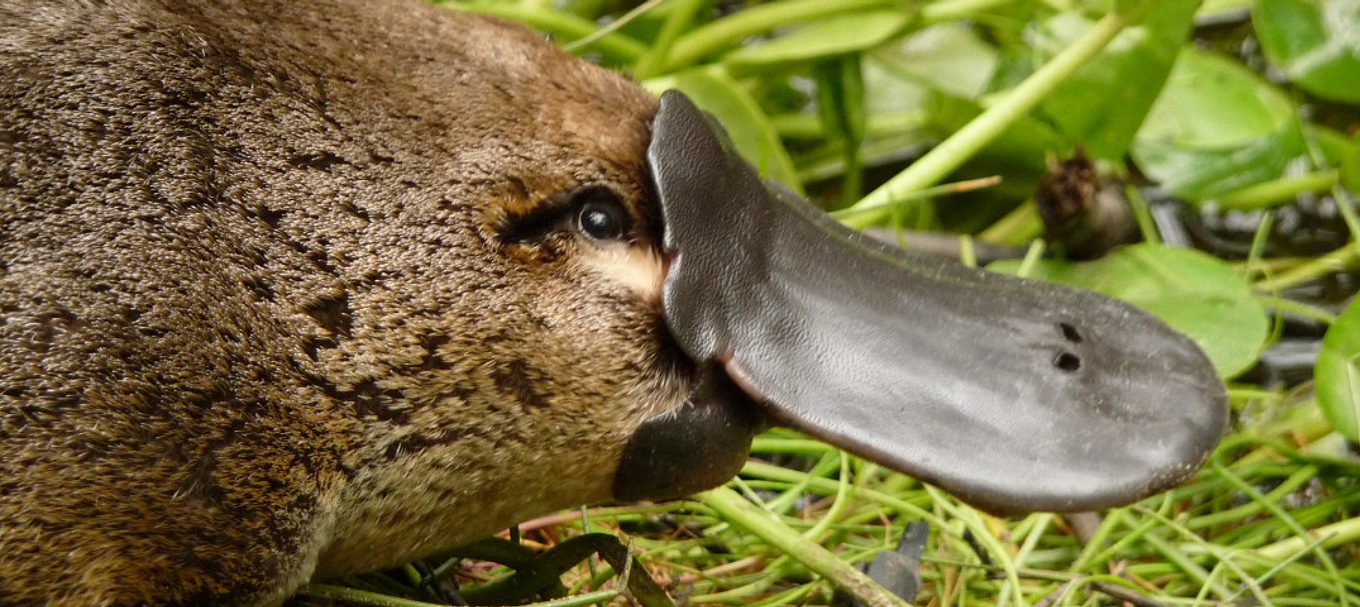
The best place in SA to spot a platypus
Although there have been some supposed sightings of platypuses in the Onkaparinga River and the River Torrens, there’s really only one place in South Australia where you can be certain that what you are seeing is actually a platypus, and that’s on Kangaroo Island.
And the good news for potential platypus spotters is that there have been more reported sightings during April 2019 alone than in the entire two years before.
Why Kangaroo Island?
Platypuses are a unique Australian species. They live in freshwater systems from tropical Queensland through to the cold altitudes of Tasmania and the Australian Alps.
They were one of many species introduced to KI in the 1920s when the island was identified as a refuge for threatened species.
They can now be found in and around the Platypus Waterholes, in the Rocky River region of Flinders Chase National Park.
It might be a good time to spot a platypus
These unique, mainly nocturnal, creatures like to keep a low profile, and generally you do have to be lucky to spot them.
That’s why it’s rather remarkable that there have been more than 30 reported platypus sightings at the Platypus Waterholes during April 2019. That’s more than the total number of reported sightings in the past two years.
It’s thought the increased number of sightings is due to the low water level in the waterholes - with South Australia experiencing its driest summer and start to autumn in many years.
Many park visitors have been lucky enough to see platypuses while on the Platypus Waterholes Walk which is a two-hour return walk from the Flinders Chase Visitor Centre. And on one day, seven separate sightings were reported to visitor centre staff.
Top tip: For the best chance of seeing a platypus, try timing your walk at dawn or dusk.
There’s nothing quite as strange as a platypus
The platypus is a semi-aquatic mammal that has a bill like a duck, a tail like a beaver, lays eggs, has otter-like fur and webbed feet.
They are so unusual that when the first platypus specimen was sent from Australia to England in the late 18th century, scientists who examined them at first thought someone was playing a trick on them.
Did you know?
- Platypuses don’t have teeth inside their bills. So when they scoop up worms, insects and shellfish from the bottom of streams and waterholes, they also scoop up gravel. They store this in pouches in their cheeks and munch away, using the bits of gravel as teeth to break up the tougher food.
- They also don’t have a stomach, but have a gullet that connects directly to their intestines.
- Their bills give them a sort of sixth sense, allowing them to detect electric fields. So when they forage underwater, they keep their eyes, ears and noses closed and detect food with their bills.
- Platypuses swim gracefully in the water, but move awkwardly on land. When on land they retract the webbing on their feet to expose nails which allows them to run. They also use their nails and feet to build dirt burrows near water.
- You can also add reproduction to the list of the platypus’s singular features, as they are one of only two mammals to lay eggs (the echidna is the other).
- The females seal themselves inside their burrows to lay their eggs, generally producing one or two, which they keep warm by holding them between their body and tail.
- The leathery eggs hatch in about ten days and the babies are about the size of lima beans and totally helpless. Babies nurse from their mother for three to four months.
- Platypuses can live for up to 20 years.
If now sounds like the right time to plan your platypus-spotting expedition, check out these10 treasures of Kangaroo Islandto make sure you don’t miss a thing.





